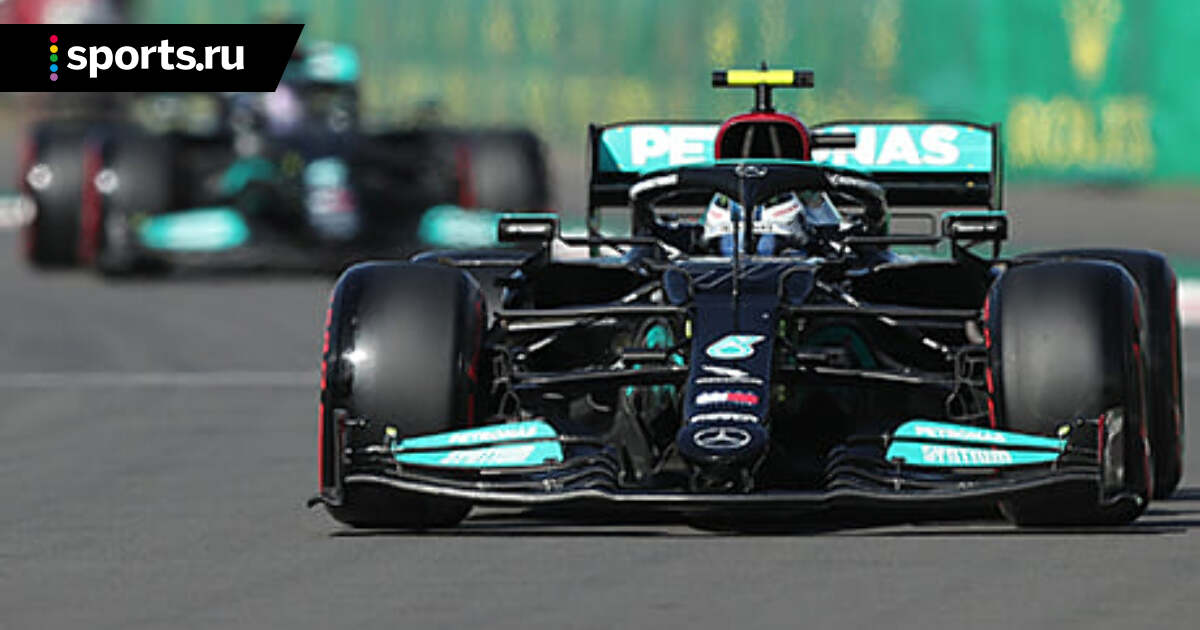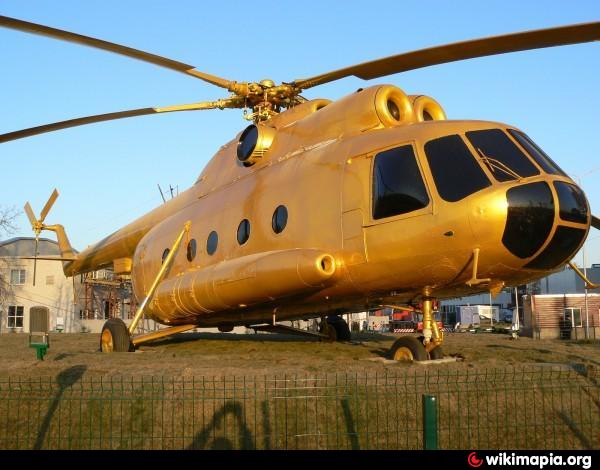
Shinshin finally flew
Shinshin, Mitsubishi X-2
On the morning of April 22 this year, a demonstrator of Japanese fighter aircraft of the 5th, 6th generation, according to the Japanese themselves, took off for the first time from the airport in Nagoya, Japan. The Mitsubishi X-2, formerly known as the ATD-X, was in the air for 23 minutes before landing at the Japanese Air Force Base in Gifu. Thus, Japan has made another milestone on the way to the exclusive club of owners of the latest generation of fighters.
Japan has become the fourth country in the world to test a 5th generation fighter demonstrator in the air. It is only ahead of the clear world leader in this area, that is, the United States (F-22A, F-35), as well as Russia (T-50) and China (J-20, J-31). However, the status of programs in the latter countries remains so unclear that it is by no means excluded that the Land of the Rising Sun will overtake one of its rivals when it comes to putting its car into combat service. However, the road ahead for designers is still long.
The need for modern land-based fighters was noticed by the Japanese even before the Second World War, but it was this armed conflict that clearly recognized the importance of a specialized machine for the defense of the mother islands. Soon, having recovered from the military debris, the Land of the Rising Sun quickly began to try to acquire a modern and numerous fighter aircraft, preferably with the involvement of its own industry. The production of fighters in post-war Japan was carried out by Mitsubishi, which was engaged in the production of such fighters as: F-104J Starfighter (out of 210 machines, three were manufactured in the USA, 28 were part of American brigades at Mitsubishi factories, as well as 20 double F-104DJ, and 178 were licensed there), F-4 (two prototypes of the F-4EJ variant were built in the USA, as well as 14 RF-4E reconnaissance vehicles, 11 aircraft made from American parts, another 127 built in Japan), F-15 (US built 2 F-15J and 12 F-15DJ, 8 F-15J were assembled from American parts, and 173 were manufactured in Japan) and F-16 (its deep modification - Mitsubishi F-2 - was produced only in Japan, there were 94 serial aircraft and four prototypes).
After World War II, Tokyo loyally bought fighters from the United States and always received the most advanced (and expensive) solutions. At the same time, Japan remained a good customer, since for a long time it did not try to create its own combat aircraft, and if it did, it did not export them and did not create competition for American companies. In this situation, it is not surprising that at the beginning of the 22nd, the Japanese were basically confident that their next fighter would be the F-2006A Raptor, whose research and development program was finally coming to an end. Therefore, it was a great disappointment when the United States in 5 year announced a ban on foreign sales of such machines. The reaction was not long in coming. Later that year, Japan announced the launch of its own XNUMXth generation fighter program.
It was not just a boast, given the financial possibilities and the development of the local economy. In addition, since 2001, Japan has been conducting a program aimed at creating a flight control system for a highly maneuverable jet aircraft (work on a computer-based flight control system based on optical fibers and a system for changing the direction of aircraft movement). thrust vector, using three movable jet reflectors mounted on the engine nozzle, similar to those installed on the X-31 experimental aircraft), as well as a research program on descent detection technology (development of the optimal airframe shape and coatings absorbing radar radiation).
